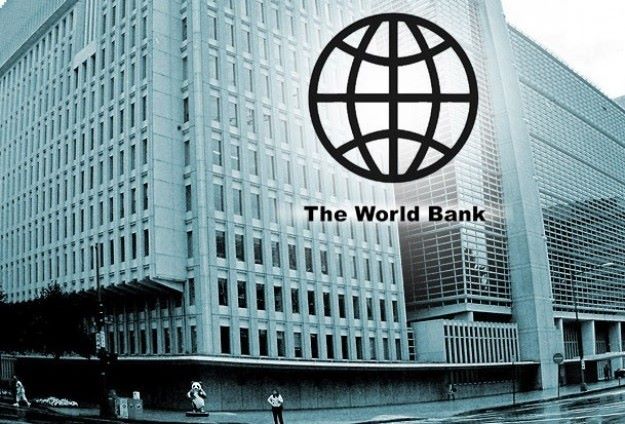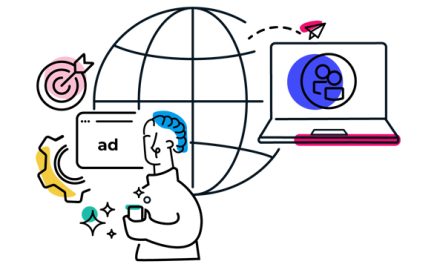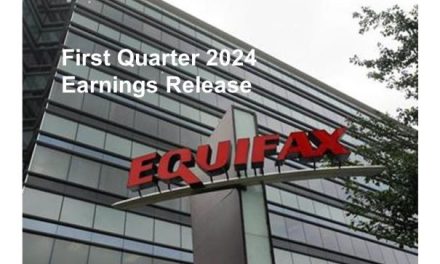In its Credit Reporting Knowledge Guide 2019 the World Bank acknowledges contributions from BIIA’s Peter Sheerin (Executive Committee member) and Neil Munroe (Deputy Managing Director) and members Creditinfo (Stefano Stoppani and Ieva Bieliunaite), and Venturi) and from CRIF (Stella Lanzi, Vicenzo Resta, Venturi Emanuel, Parijat Garg, and Racemoli Valeria). Congratulations.
ABSTRACT
Access to finance is an essential component of economic development and job creation. A host of studies have shown a positive correlation between financial development and economic growth. Access to finance is also critical for larger corporations and conglomerates, which, given their size, performance, and assets, typically meet funding requirements through capital markets and other sources. Credit reporting systems are less relevant for these businesses, as lenders to these large entities rely on a variety of other sources of information when making credit-related decisions.
This Guide focuses therefore more on the credit needs of individuals and of the micro, small, and medium businesses that stand to benefit most from the development of credit reporting systems. The report is arranged as follows:
- Chapter 1 introduces key concepts in credit reporting;
- Chapter 2 introduces the different types of credit reporting service providers (CRSPs) that collect information on borrowers’ credit histories from creditors and available public sources;
- Chapter 3 covers the evolution of the credit reporting industry to today, including key trends now emerging and external trends affecting its development;
- Chapter 4 outlines the legal and regulatory framework options for credit reporting systems;
- Chapter 5 summarizes the World Bank Group’s fifteen plus years of experience in developing credit bureaus and credit registries around the world;
- Chapter 6 presents an overview of the value-added services typically offered by established credit bureaus through the repurposing of algorithms and data and the products and services offered by commercial credit reporting companies; and
- Chapter 7 rounds out the theoretical discussions and practical guidelines with nine case studies of recent developments in credit reporting spanning the globe. See Less –
The document can be downloaded by clicking on this link: Credit Reporting Knowledge Guide 2019


























